The surge in demand for Ordinal Inscriptions triggers a record-breaking rise in Bitcoin transactions, shedding light on the necessity for an efficient settlement layer like the Lightning Network.
As Ordinal Inscriptions gain traction within the Bitcoin blockchain, transaction fees and memory consumption have reached unprecedented heights, sparking worries about the long-term viability of Bitcoin's block rewards. This trend has propelled miner fee revenues to figures formerly exclusive to bullish market conditions.
In the face of mounting criticism, an innovative solution comes into focus. Explore how this rapid and cost-effective alternative could transform the world of Bitcoin payments and tackle the hurdles of Ordinal Inscriptions.
The Lightning Network emerges as a cutting-edge remedy designed to tackle the sluggish transaction pace on the Bitcoin blockchain through the implementation of off-chain transactions. Similar to a core blockchain, the Lightning Network eliminates the need for a financial middleman, such as a bank, which traditionally handles the majority of transactions.
Despite its strong potential, the Lightning Network faces scrutiny from regulators like the U.S. Securities and Exchange Commission and central banks, who question its safety for everyday transactions involving the average user.
Meanwhile, Ordinals present a distinctive approach to minting digital items as assets, utilizing the Bitcoin network instead of the more conventional Ethereum network. This alternative method of token creation has gained significant traction since early 2023, primarily due to the allure of operating on the Bitcoin blockchain and the easier process.
The adoption of Ordinals not only sets it apart from the traditional rules of NFT minting but also showcases the versatility and adaptability of the Bitcoin network, making it an increasingly attractive option for creators and collectors alike.
Nevertheless, Lightning Network has shown its significance to Bitcoin transactions since the popularity of Ordinals. Given that it continues to rise, it may become the standard for digital minting rather than Ethereum-based NFTs.





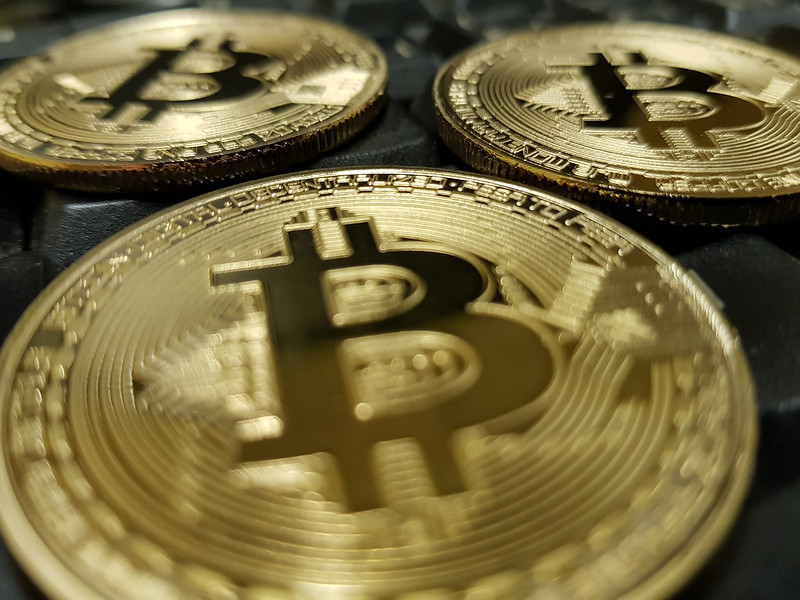


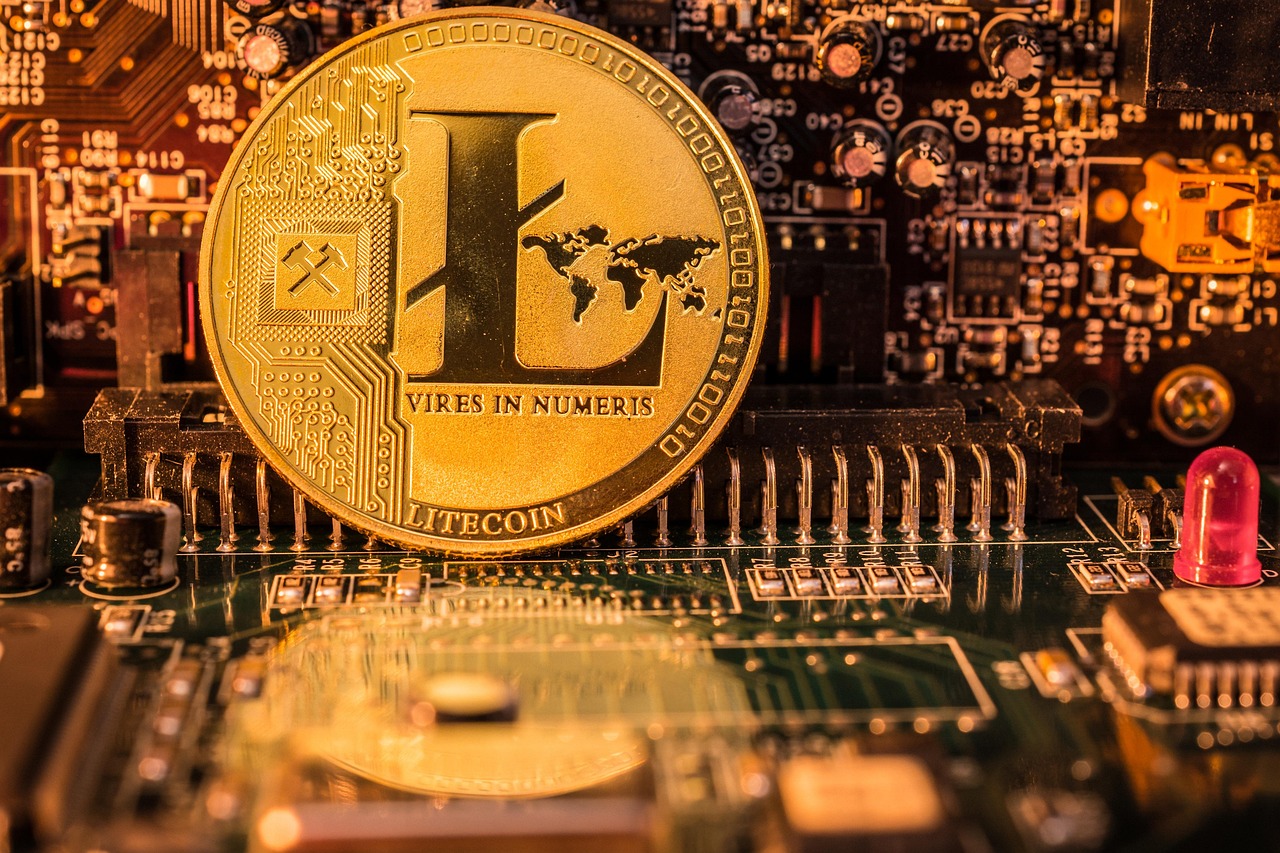
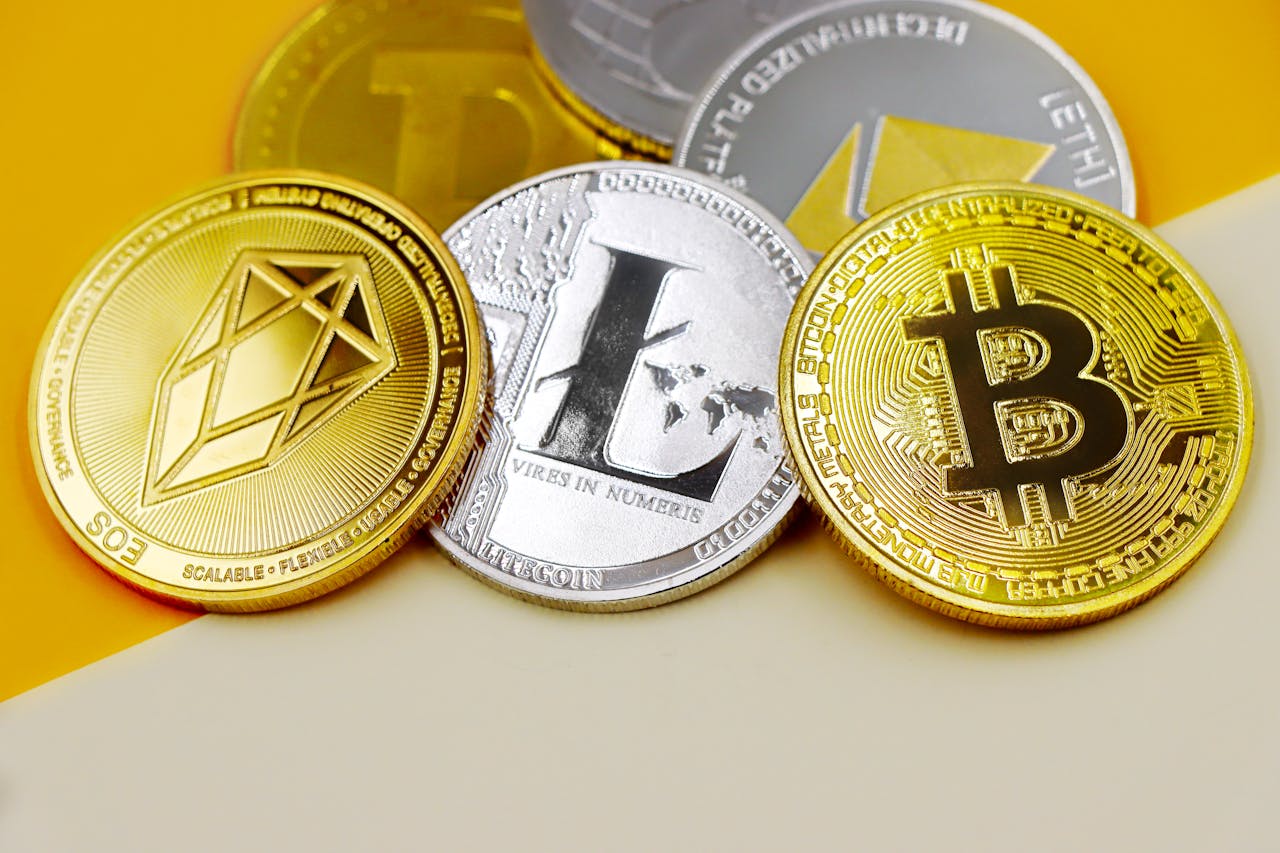


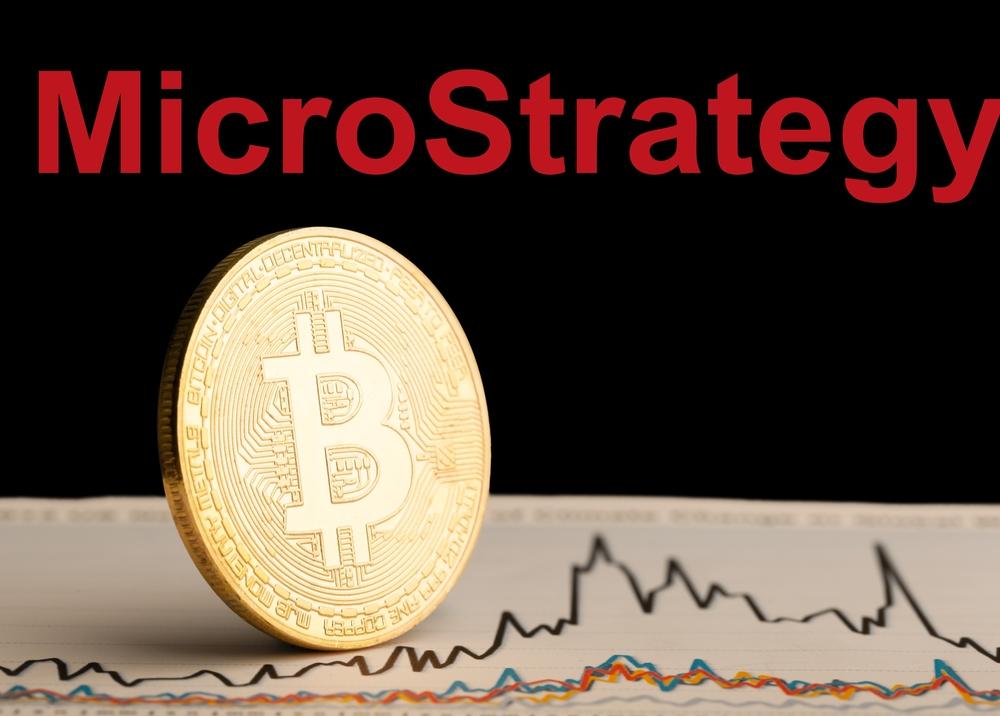





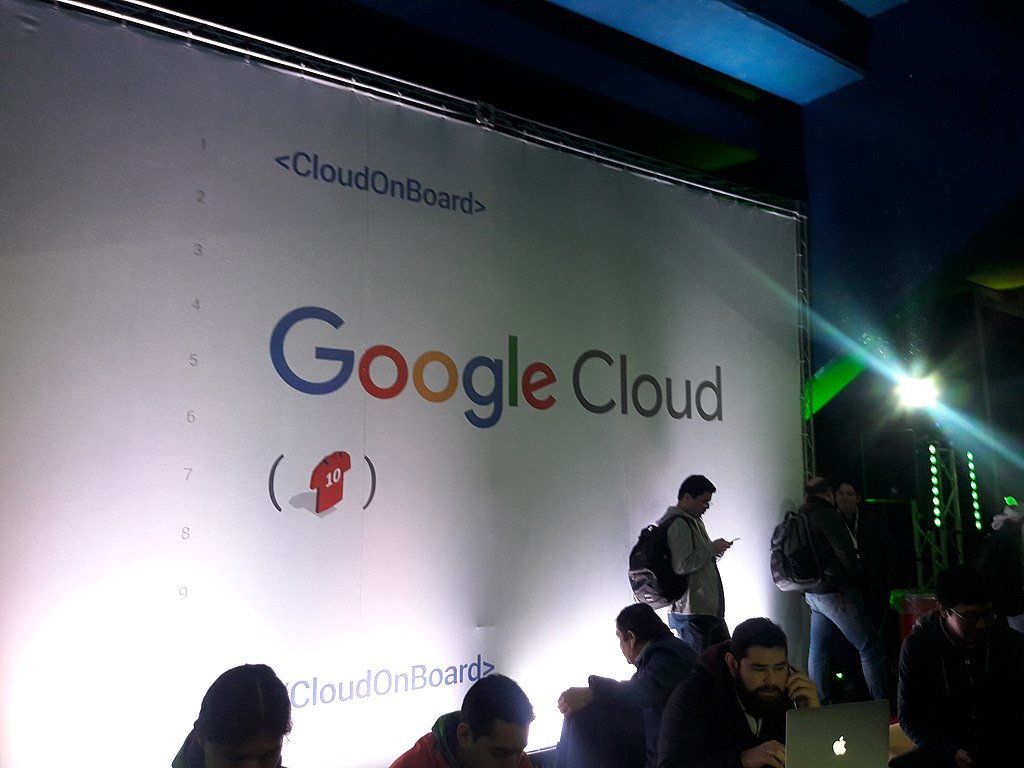

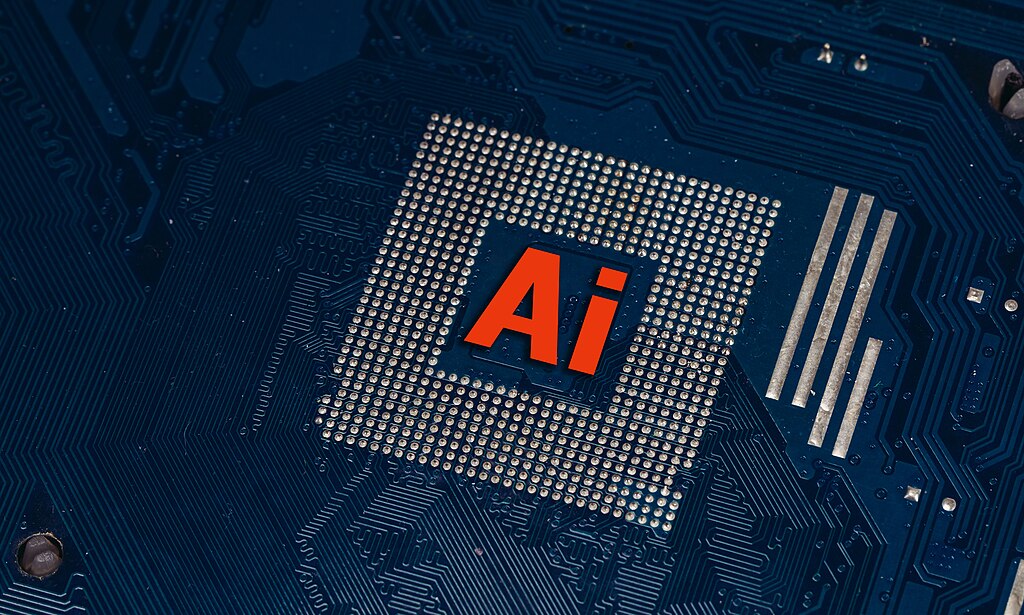

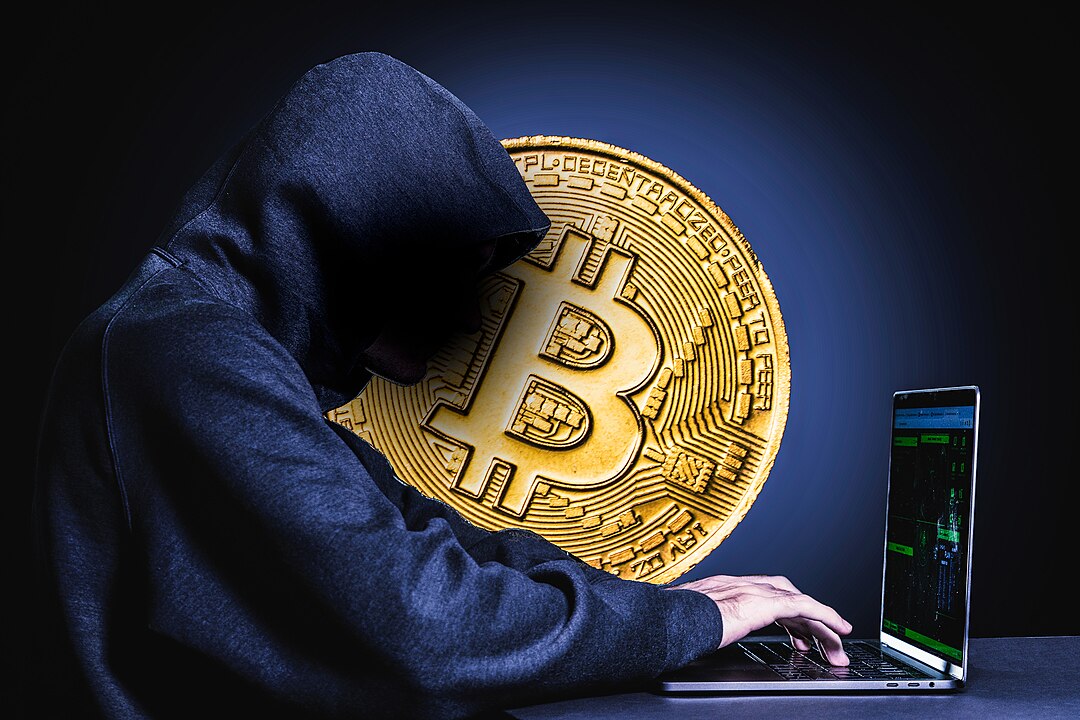
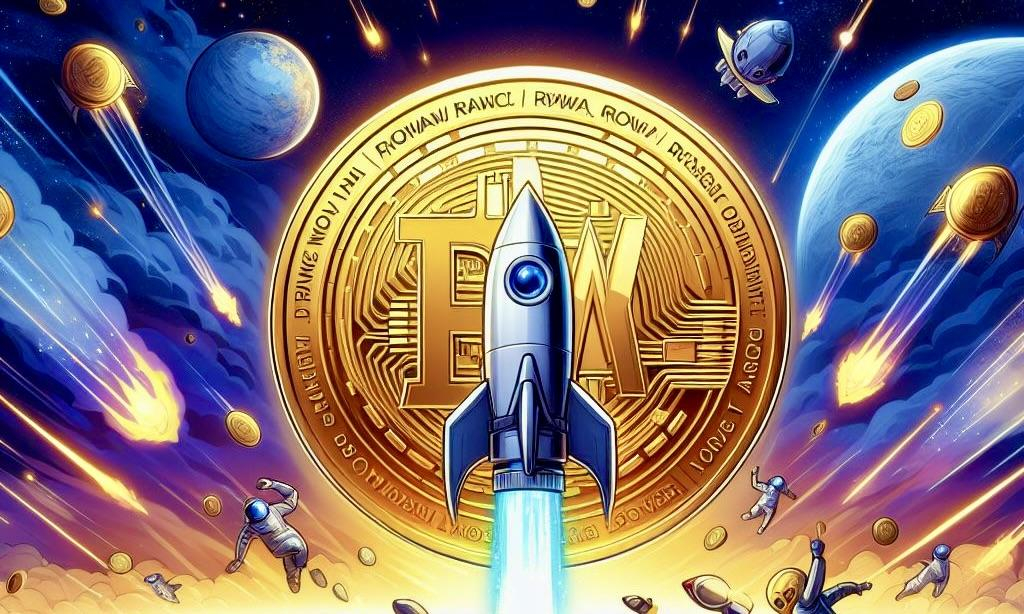


Comment 0